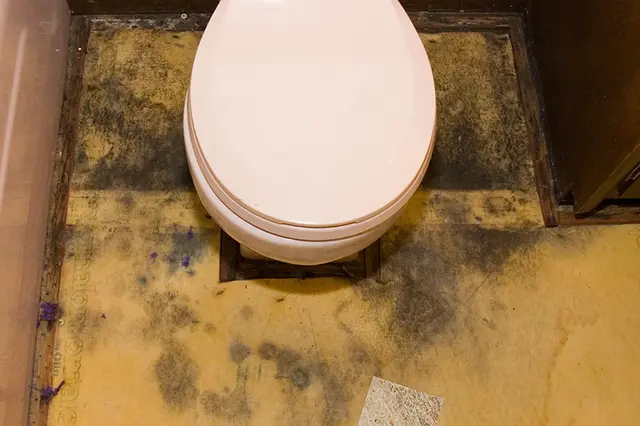Can I remove a mold myself?
Mold is one of those things that can seem harmless but can actually be quite dangerous. It often appears as small, black spots on surfaces and can cause a wide range of problems if left untreated. In this blog post, we will discuss the various ways in which mold can manifest itself and how you can identify and remove it yourself. We also recommend some prevention tips that you can follow to keep your home and office safe from mold.
What are the symptoms of mold exposure?
Mold exposure symptoms can vary depending on the person, but may include: difficulty breathing, chest pain, eye irritation, skin irritation, fever, headache, and body aches. If you experience any of these symptoms after being exposed to mold, please seek medical attention.
How can mold be removed from a surface?
Mold can be removed from surfaces in a few different ways. The most common way is to use a wet/dry vacuum cleaner. Wet vacuums can be used to remove mold from porous surfaces such as tile, wood, and linoleum. You can also pour a mixture of water and bleach on the mold spot and wait until it disappears before cleaning with the vacuum. Dry vacuums are good for removing mold from non-porous surfaces, such as drywall. To remove mold from porous surfaces, first wet the surface using a spray bottle filled with water. Then use the wet/dry vacuum cleaner to suction onto the surface.
Cleaning Products for Mold Removal
Mold removal can be a difficult task, depending on the extent of the mold growth. If you are only dealing with mild mold, it is possible to remove it yourself using household cleaners and a scrub brush. If the mold is more severe, professional help may be necessary.
If you are cleaning up small amounts of mold, use a solution of one part bleach to nine parts water. Pour the solution into a spray bottle and spray it onto the moldy area. Wipe away the Mold with a cloth or a brush.
If you are cleaning up larger areas or if the mold is more severe, you will need to use stronger cleaners. Use a solution of one part bleach to 10 parts water. Pour the solution into a bucket and add enough water to cover the moldy area. Soak a scrub brush in the bleach solution and scrub at the moldy area until it disappears. Rinse off the area with clean water and dry it off.
If you are cleaning up large areas, it is recommended that you call a professional.
Final Thoughts on Mold Removal
There are several ways to remove mold from a home. The most effective way is to use a mold removal expert. However, if you want to try removing the mold yourself, be sure to wear protective gear and do it in a well-ventilated area. Follow these steps to remove mold:
1. Make sure you have all the necessary tools before beginning the job: A mask, safety glasses, gloves, a respirator, and an air compressor.
2. Clean the area where the mold is growing using a stiff brush or broom handle dipped in vinegar or bleach solution. Make sure to get into all of the nooks and crannies.
3. Pour 1 gallon of water into a bucket or container and add 1 cup of white vinegar or 2 cups of clear liquid bleach. Swish the mixture around until it’s clean.
4. Use your hand to mix the solution together until it’s thickened like paintable cream (it should still be pourable). Pour half of this mixture on top of the mold growth and wait 10 minutes for it to dry before proceeding with step 5.
5. Pour the remaining solution over the mold growth and wait an additional 10 minutes before rinsing everything off with water. Be careful not to get any of it on your skin because it can cause irritation or even respiratory problems.
6. Use a hose to rinse the area clean and then air-dry it for at least 24 hours before returning.
7. If you notice any signs of structural damage, such as drywall or wood support beams being compromised, call a professional to assess the situation and help you remove the mold safely.
Remember to take all of the precautions you need before beginning the job, and be sure to use a mold removal expert if the situation seems too dangerous or if there are any signs of structural damage.

